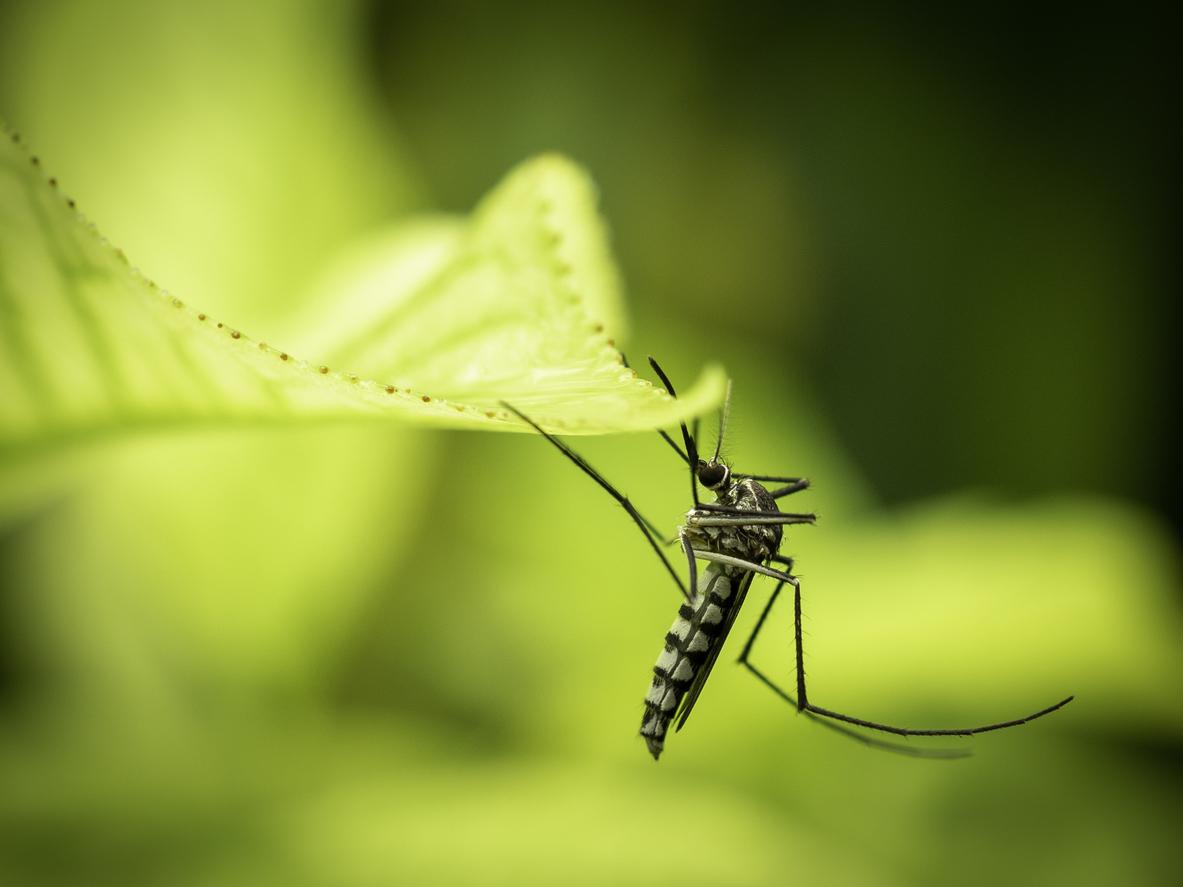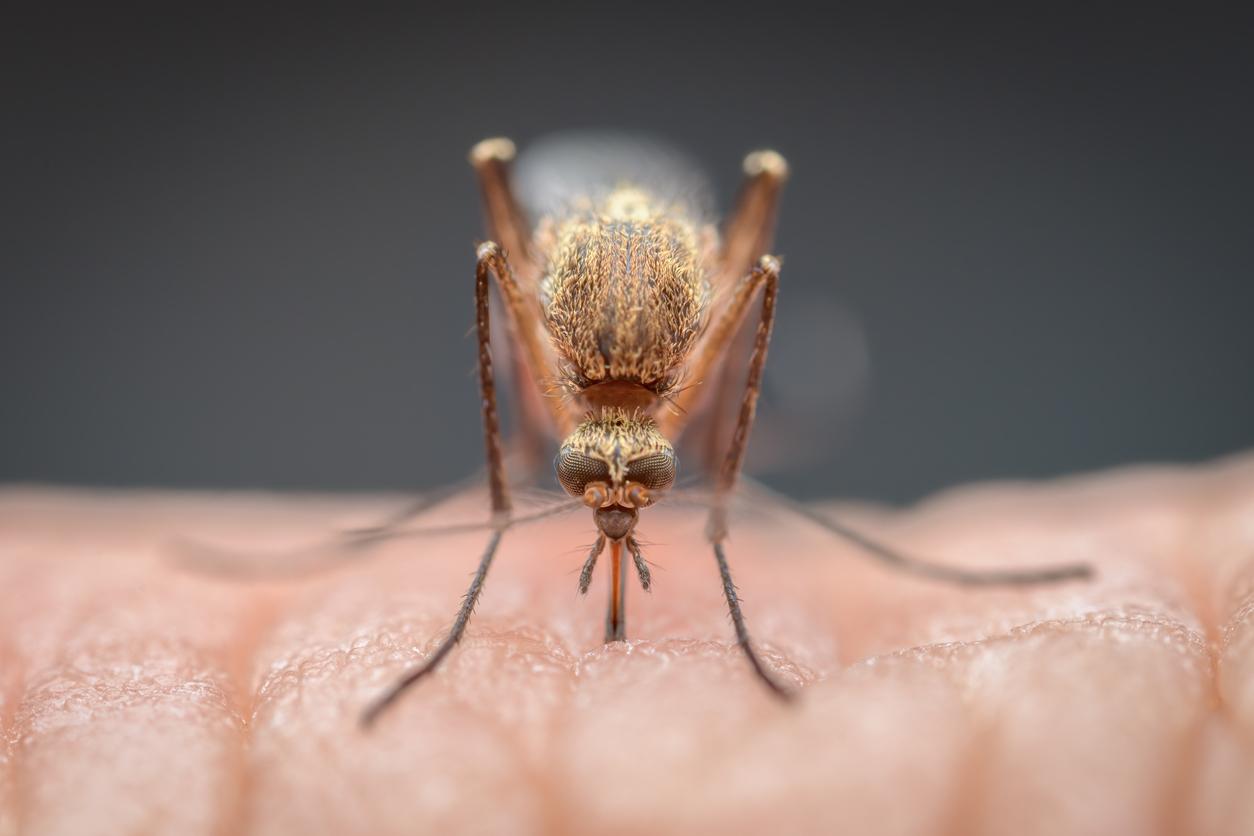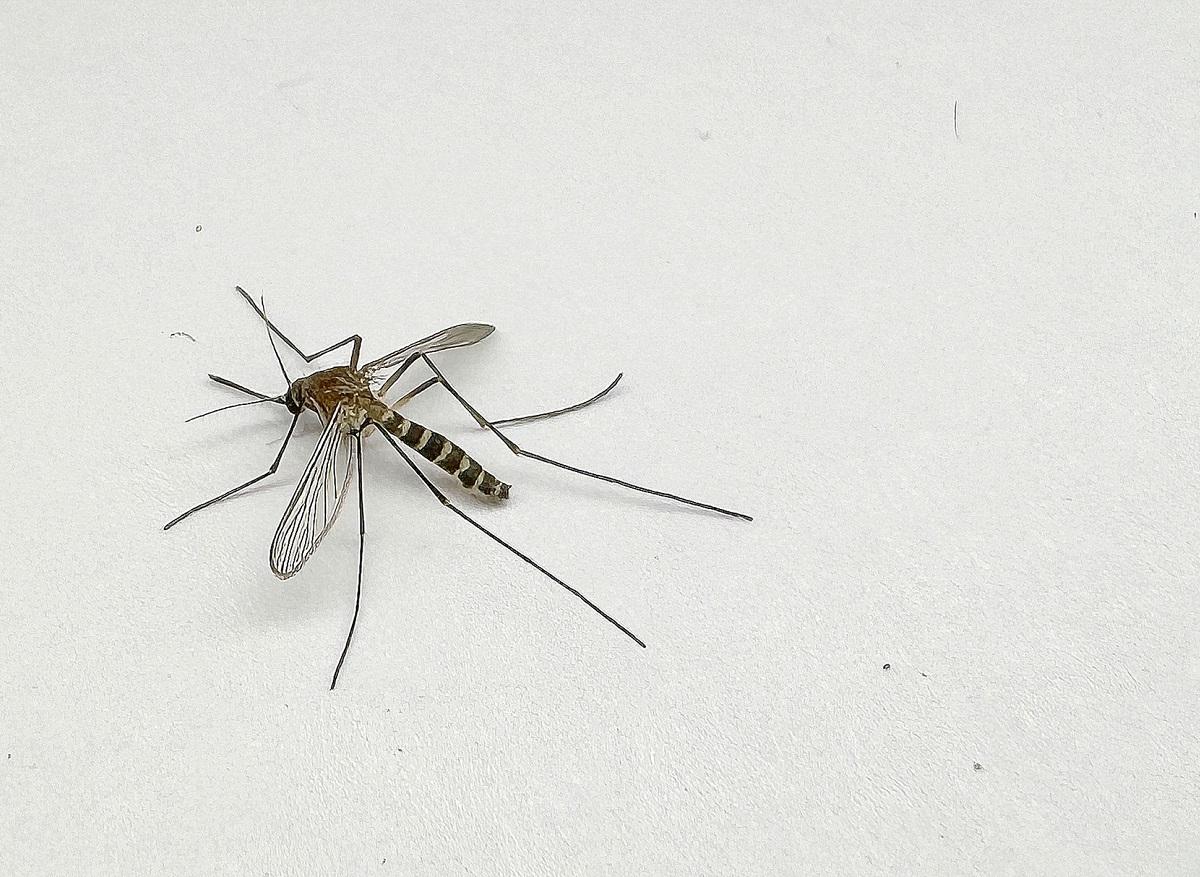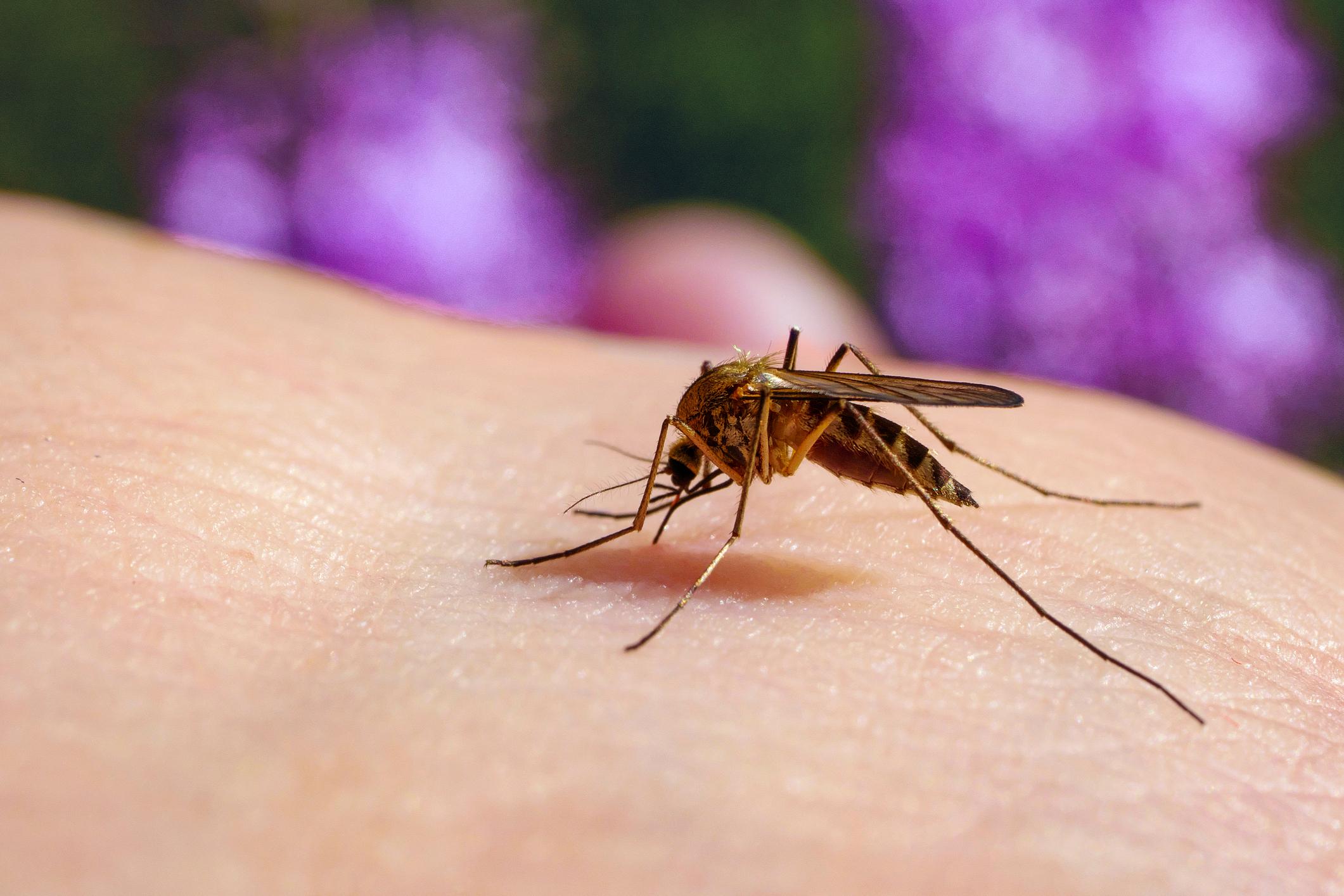Dengue fever is caused by a arbovirus, belonging to the family Flaviviridae, genus flavivirus, such as West Nile virus and yellow fever. It is transmitted to humans by mosquitoes of the genus Aedes, recalls thePastor Institute. With the proliferation of the tiger mosquito, health authorities have been warning us for several years about the dengue fever.
An analysis of nearly 6,000 people with dengue found that only 2% of cases were considered serious. However, among them, almost all had warning symptoms, the research indicates. Researchers therefore advise close monitoring of dengue fever patients for signs of signs warning signs that may indicate progression to serious disease. The analysis was published in Annals of Internal Medicine.
The researchers point out that severe dengue fever can lead to bleeding or a failure organs. The World Health Organization (WHO) distinguishes dengue from severe dengue.
What symptoms can signify severe dengue fever?
The researchers performed a retrospective chart review of 5,958 dengue patients between January 2007 and July 2022. They found that only 2% of cases were reported as serious. Among them, 99% of patients presented warning signs. According to the researchers, patients with dengue fever should be closely monitored for signs that may indicate progression to serious disease.
From symptoms, the researchers note abdominal pain, persistent vomiting, mucous membrane bleeding, lethargy, liver enlargement as well as an increase in hematocrit with a decrease in platelets. For clarification, hematocrit (HTC) is a measure of the portion of blood occupied by cells.
A mild dengue fever regresses quickly
According to the Institut Pasteur, “classic” dengue fever (not serious) appears suddenly after 2 to 7 days of incubation by the appearance of a high fever often accompanied by headache, nausea, vomiting, joint and muscle pain and a rash resembling that of measles. ” After 3 to 4 days, a brief remission is observed, then the symptoms intensify – conjunctival haemorrhages, nosebleeds or bruising may occur – before regressing rapidly after a week. Healing is accompanied by a fortnight’s convalescence. Classical dengue fever, although very debilitating, is not considered a severe disease like dengue hemorrhagic fever. “.
On the other hand, in some patients, for reasons that are not yet known, the clinical picture of the disease can evolve according to two serious forms: dengue hemorrhagic fever then dengue fever with shock syndrome which is fatal.
The WHO estimates that 50 million the number of annual casesincluding 500,000 cases of dengue hemorrhagic fever.
















